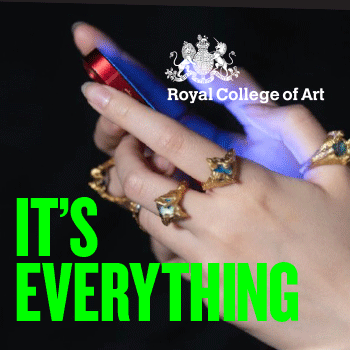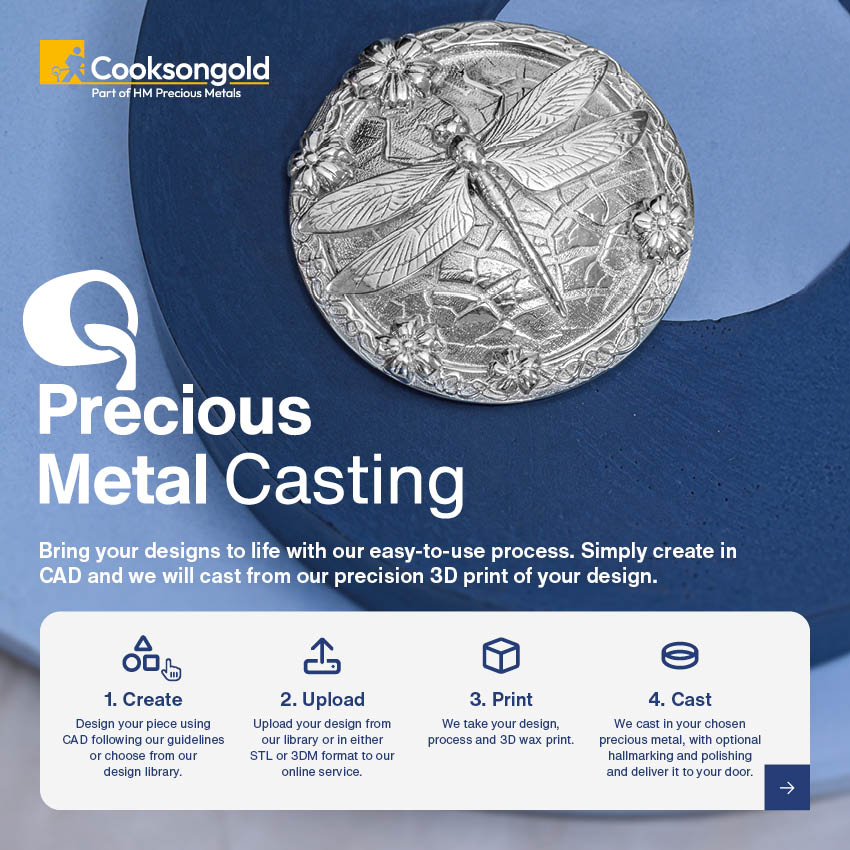Loewe Foundation announce finalists
Loewe Foundation Craft Prize 2022 Finalists 2022 Announced
Reading Time:
1 min {{readingTime}} mins
The Loewe Foundation have announced that their expert panel has selected the 30 finalists of the 2022 Loewe Foundation Craft Prize. Having received over 3100 works submitted from 116 countries and regions around the world, this year expereinced an exquisite level of entries.
The overall winner will be announced on June 30 in Seoul, followed by an exhibition of all shortlisted works at the Seoul Museum of Craft Art opening on July 1.
30 works have been selected as Finalists by the Experts Panel. These works will take part of the LOEWE FOUNDATION Craft Prize 2022 exhibition that will travel to Seoul in Summer 2022.
These ar ethe selected artists working in metal, silver or jewellery:
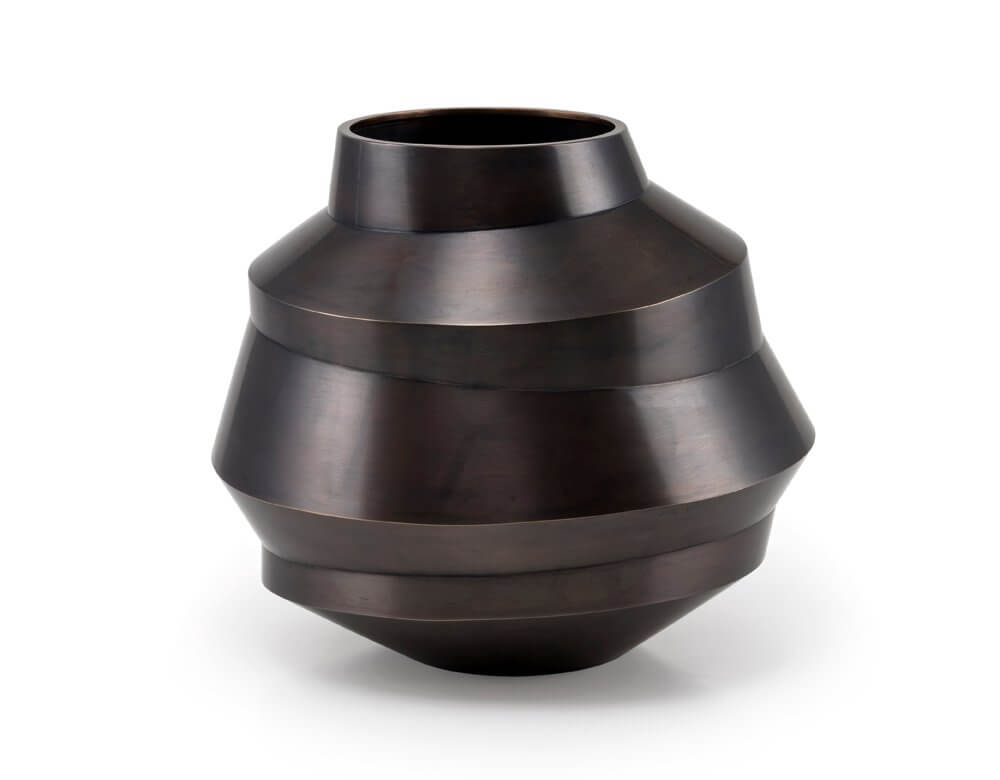
Name of finalist: Beate Leonards
Country/region of entry: Germany
Name of work: 'Vase'
Category: metal
Materials: tombac (gilding metal)
Forged from tombac (a brass alloy containing 85% copper, 15% zinc) that has been mounted from seven asymmetric rings, hammered, stacked and soldered together, the vase has then been carefully polished and patinated. The technique requires a mastery of the material, made even more skilled by the form’s partial asymmetry. The composition lends the work a sense of optical movement and shifting equilibrium.
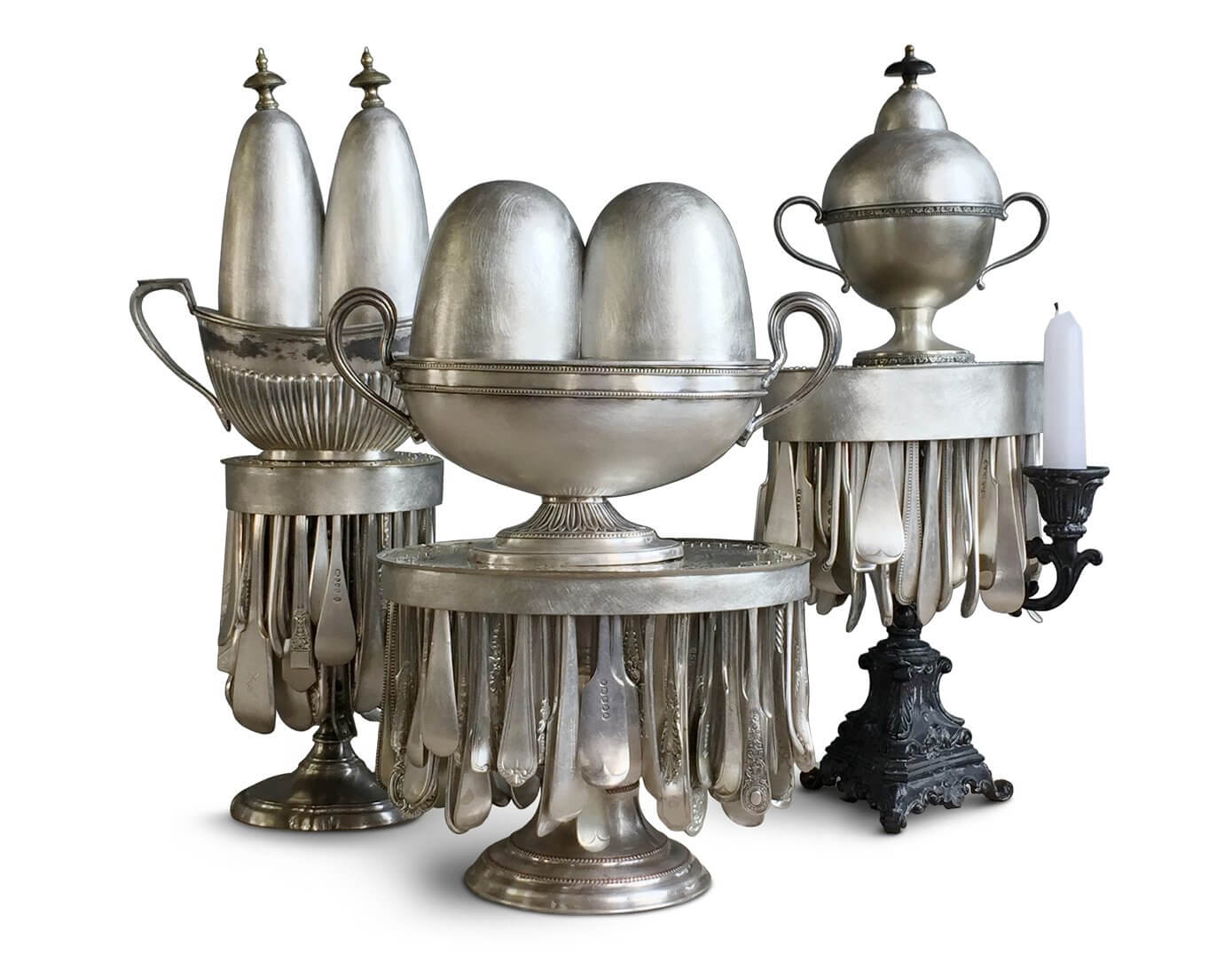
Name of finalist: David Clarke
Country/region of entry: United Kingdom
Name of work: 'Stash'
Category: metal
Materials: silver plate, pewter and steel
Redundant antique candelabras and candlesticks have been repurposed to create a series of three majestic and intriguing silverware compositions. Confounding the expectations of the viewer, each is crowned with a pair of hand-finished upturned pewter bowls that act as lids. The series reflects on sustainability, abundance and the joy of social gatherings.
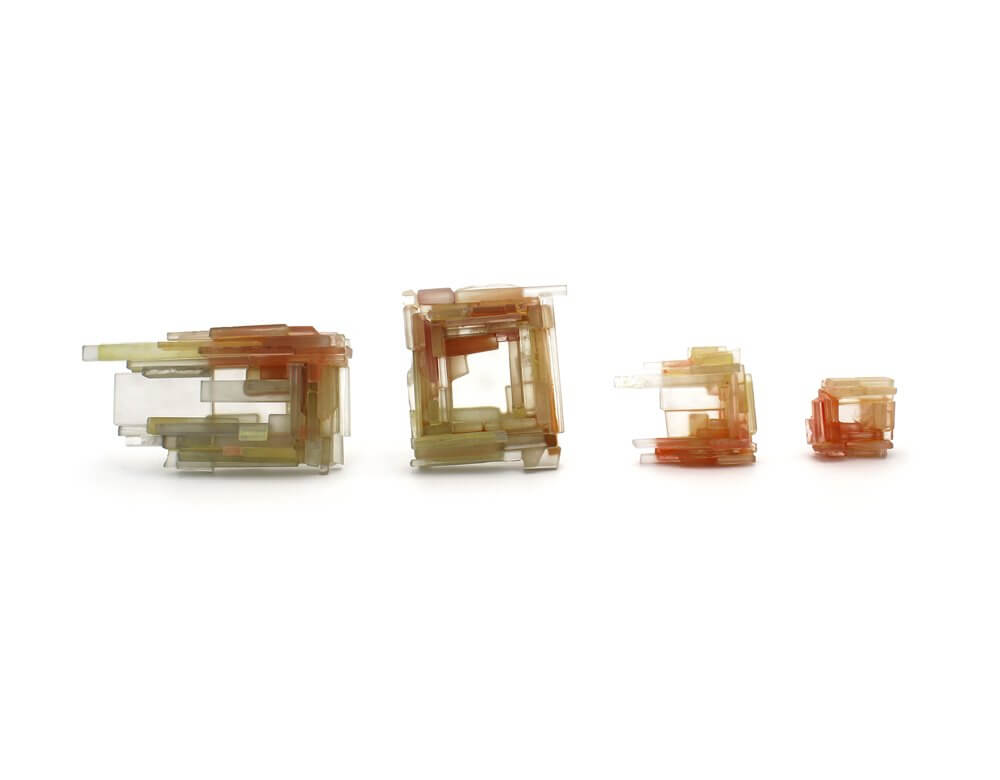
Name of finalist: Julia Obermaier
Country/region of entry: Germany
Name of work: 'Verborgen'
Category: jewellery
Materials: rock crystal, resin, pigment, stainless steel
Unlike in conventional jewellery pieces where the stone compliments the precious metals that form the structural support, in this piece gemstones have been used to create the entire brooch. Thin slices of coloured gemstones fragments have been layered and overlapped to create sections of contrasting opacity and joined together using coloured resin.
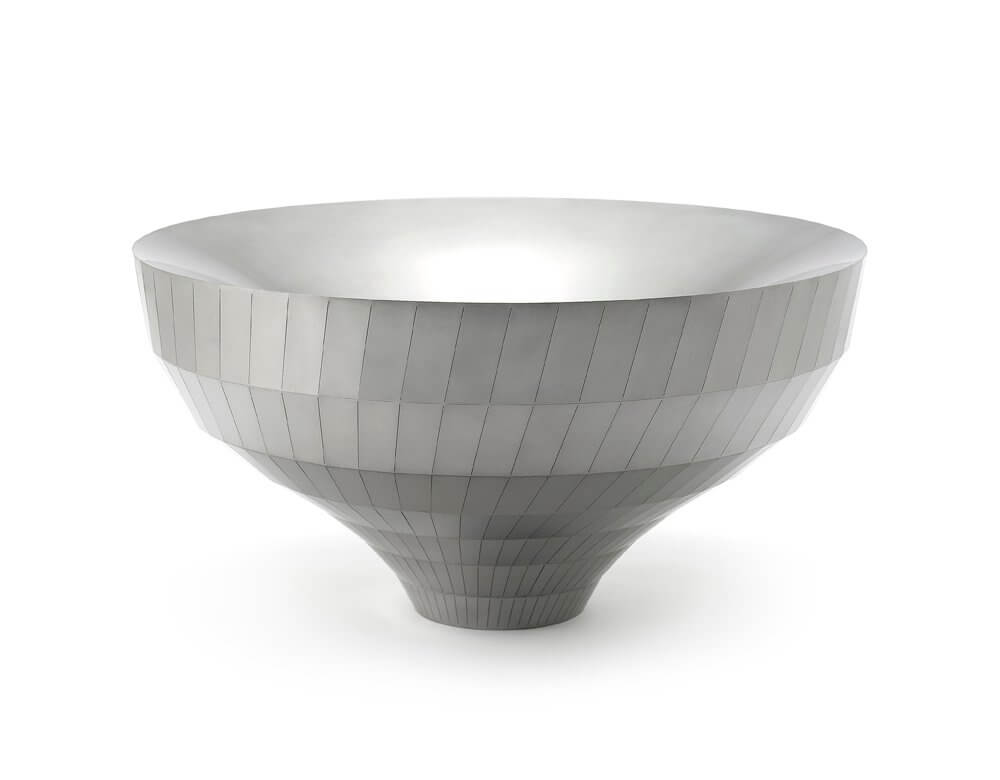
Name of finalist: Yongjin Chung
Country/region of entry: Republic of Korea
Name of work: 'Wavy Inverted Bowl'
Category: metal
Materials: stainless steel
Taking inspiration from an ancient Korean proverb that has its roots in Confucianism and equates a person’s character to a vessel, this ambitious stainless steel bowl has been created using techniques that maintain the traditional qualities in craft yet introduces modern technology through the use of computer aided design. The steel has been laser cut and micro-welded to create a double-walled bowl that is almost immaculate in terms of technique. The material has been interpreted with finesse and simplicity with the hand polished finish retaining the quality of the surface, including scratches and small marks, which act as a metaphor for human life.
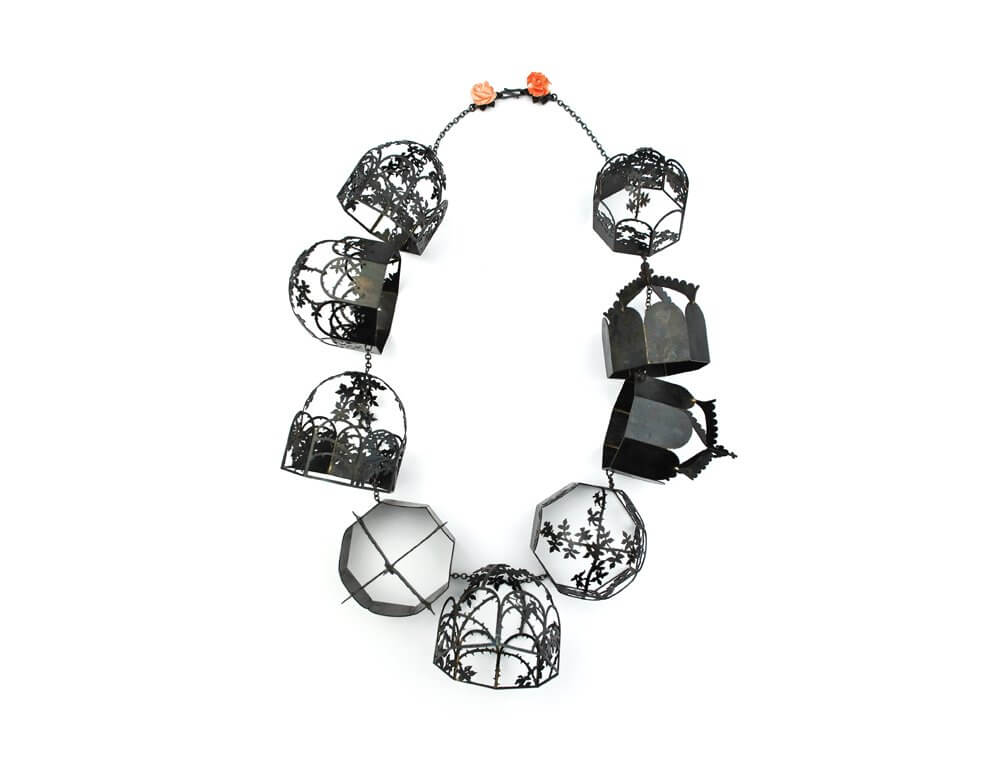
Name of finalist: Vera Siemund
Country/region of entry: Germany
Name of work: 'Dornröschen' (Sleeping Beauty)
Category: jewellery
Materials: steel, silver, coral
Combining historical architectural motifs, including domes and pavilions and topped with ornamental crowns and blackberry thorns, this necklace has been created using hand-sawn steel. The material is a reference to the Berlin iron jewellery which became popular during the 19th century when precious metals were used to help fund the Napoleonic war. The elements are connected by a silver chain with a clasp made from coral roses set in silver.
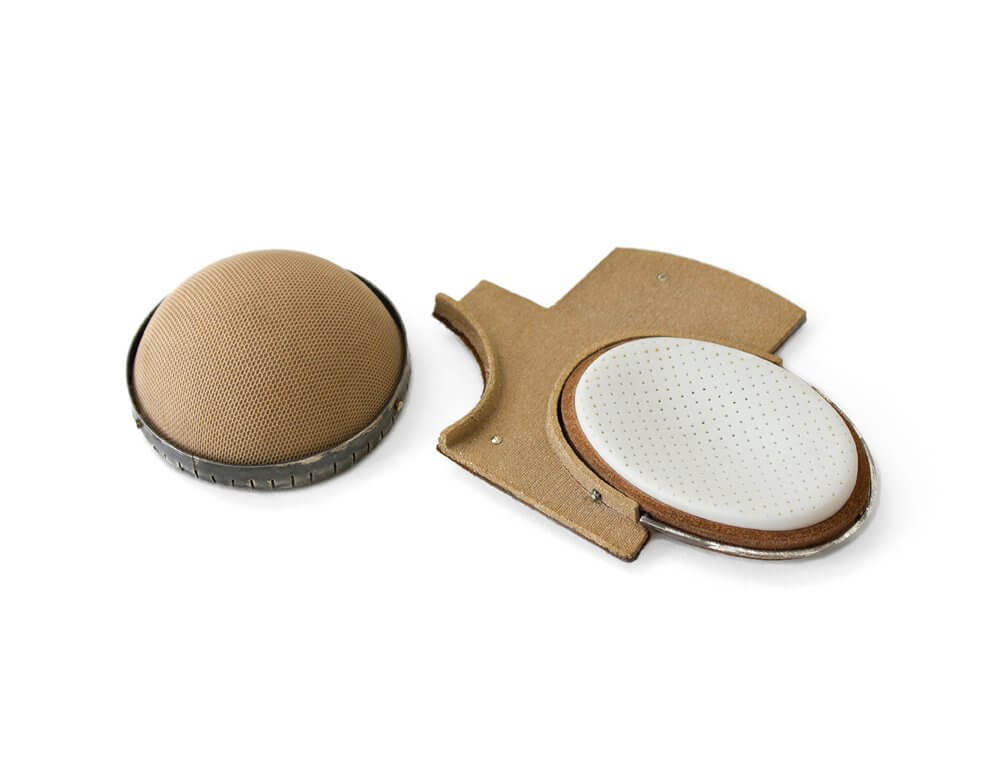
Name of finalist: Trinidad Contreras
Country/region of entry: Spain
Name of work: 'Crypsis'
Category: jewellery
Materials: refractory, porcelain, tulle, silver, brass, steel, leather
Confounding the expectations of the viewer, the palate and materials chosen for this brooch are intended to create a sense of tactility that deceives the eye of the viewer. Contreras has created something that on first viewing appears to be a second skin and with further attention is revealed to be an ornamental piece of jewellery. Created from two elements made of porcelain, earthy stoneware and leather and wrapped with tulle that can be combined into one piece, the compositions are assembled in silver using traditional jewellery techniques.
Author:
Published:




